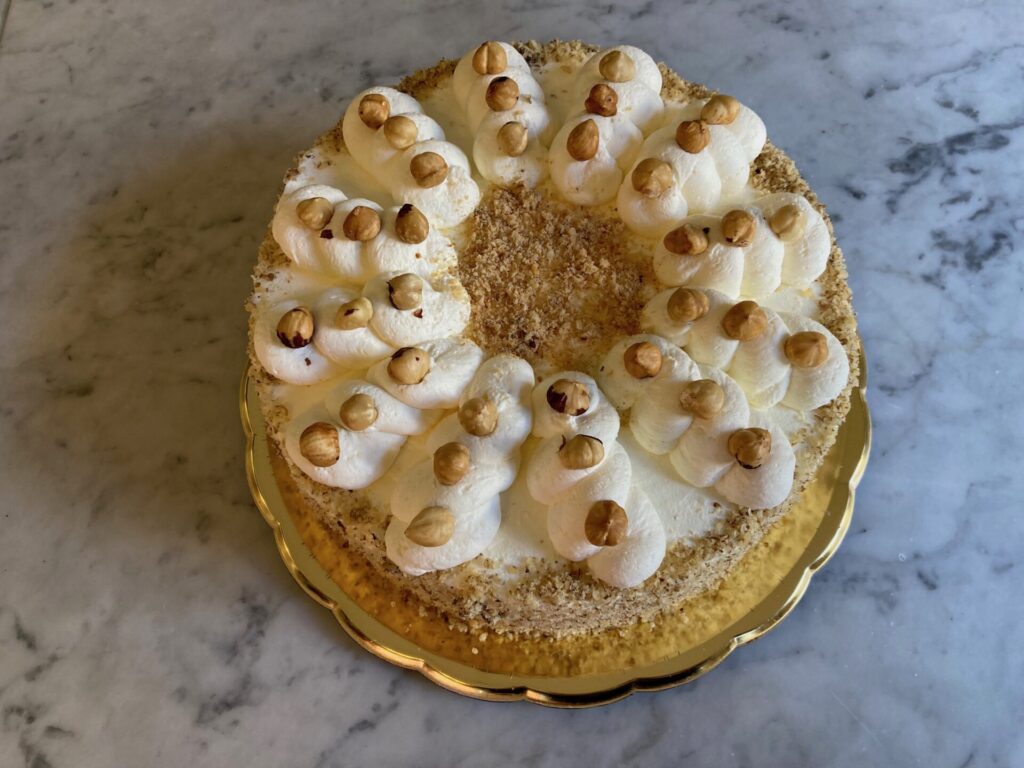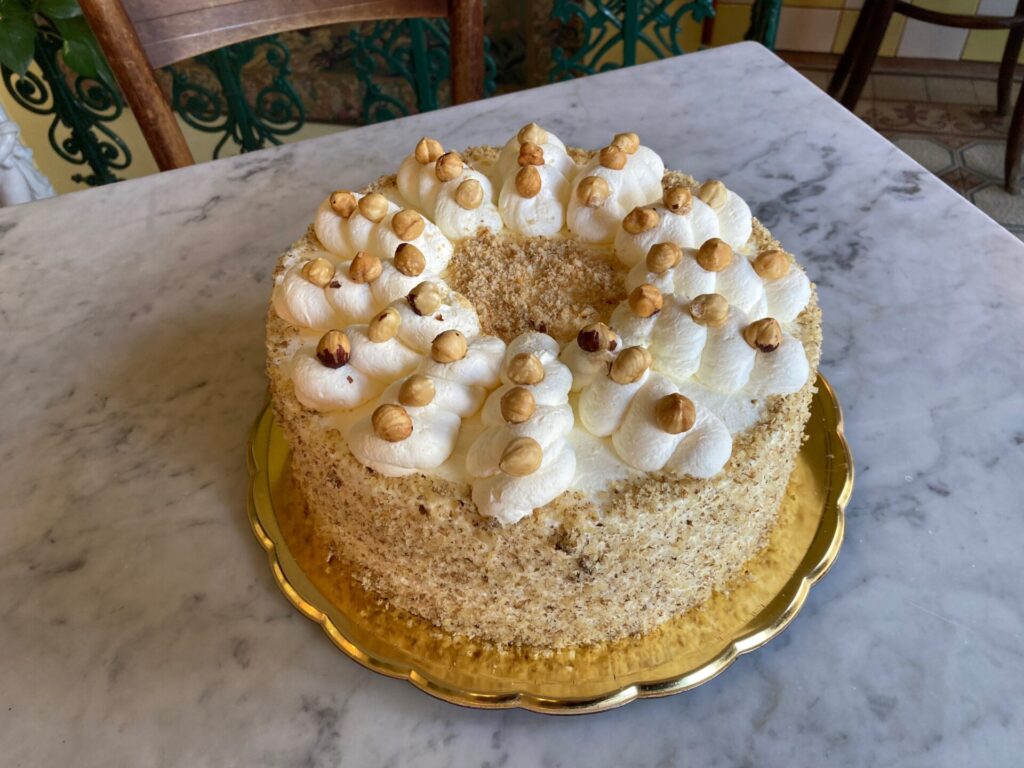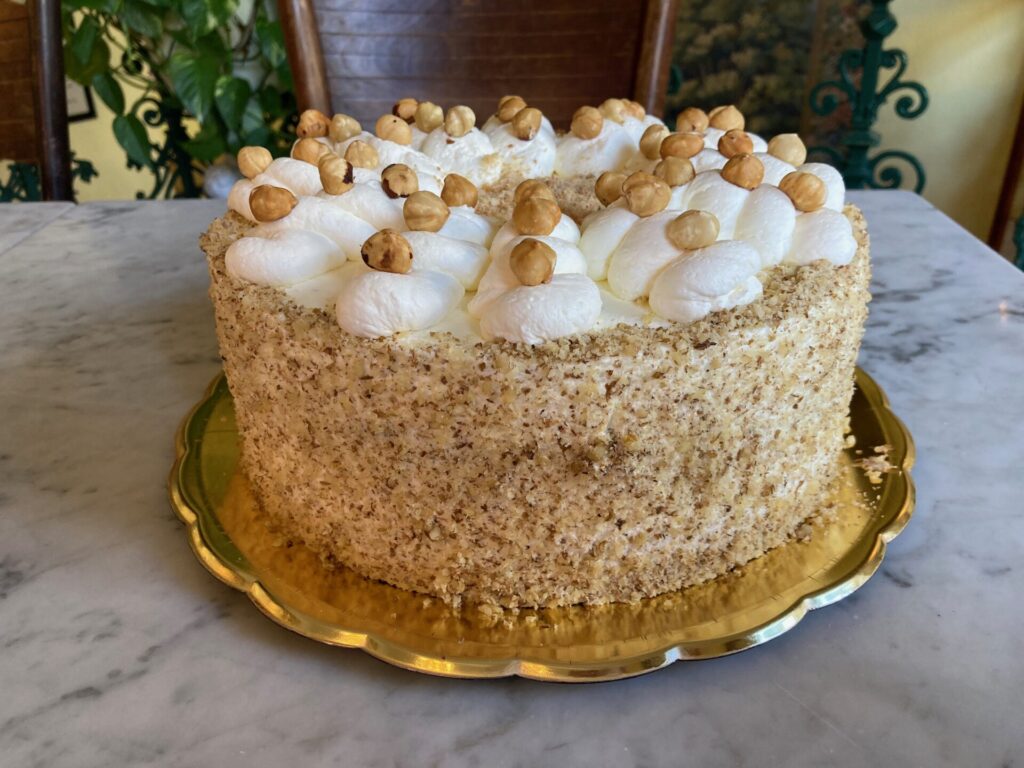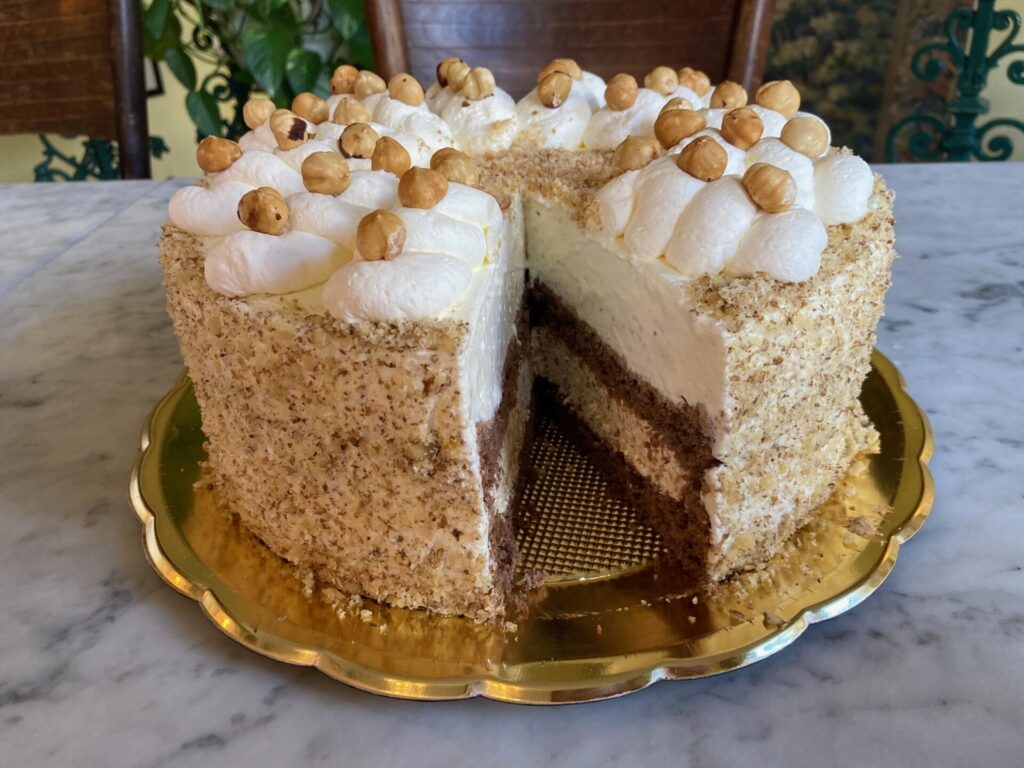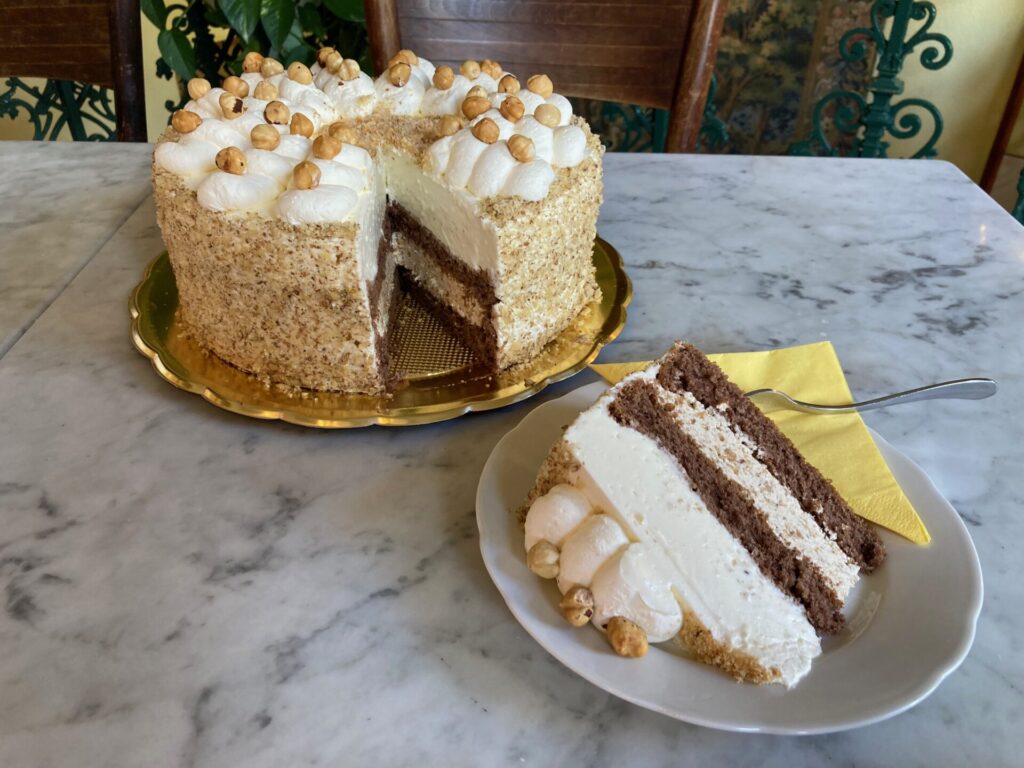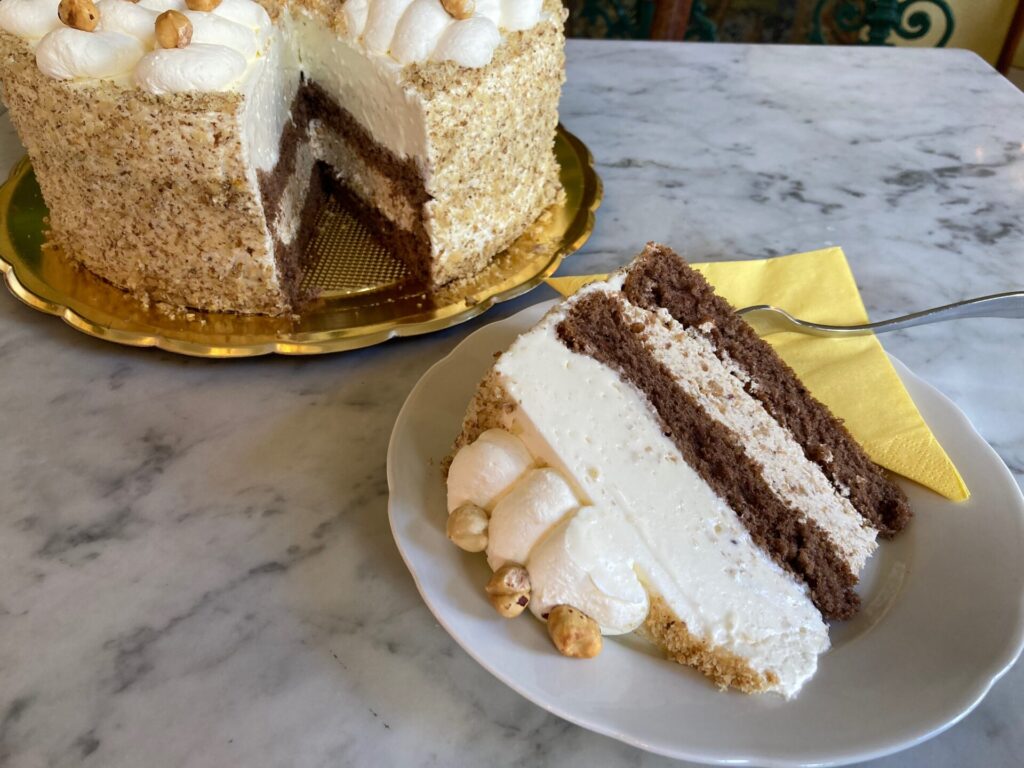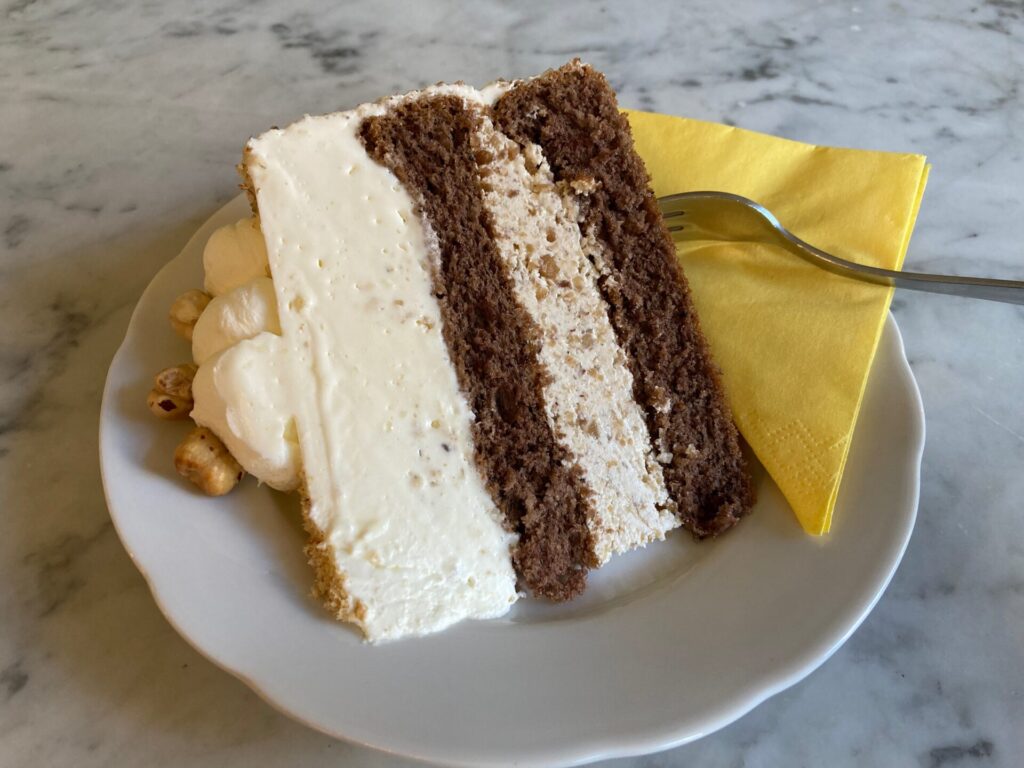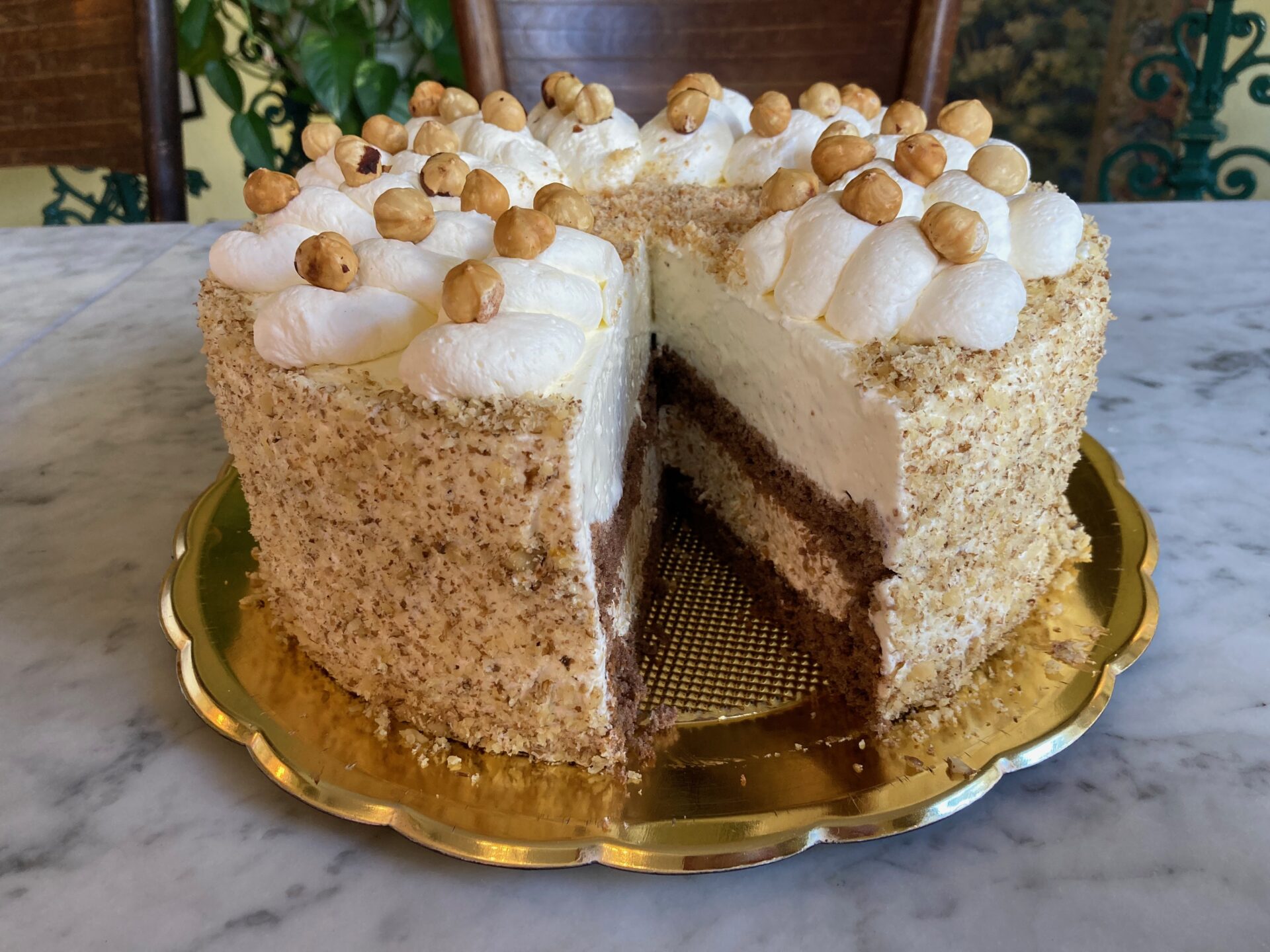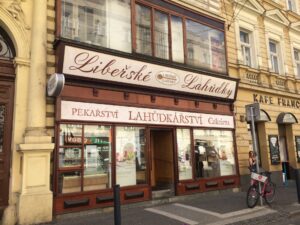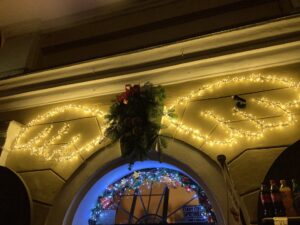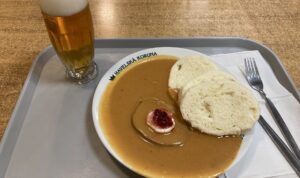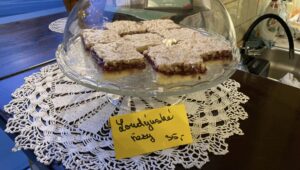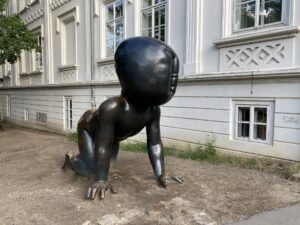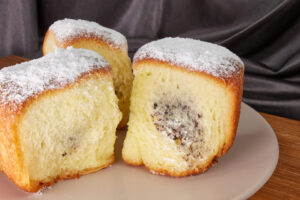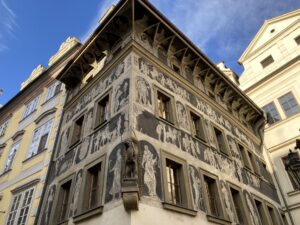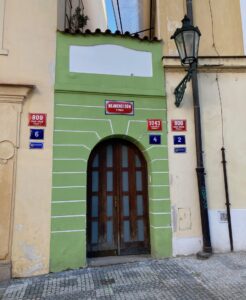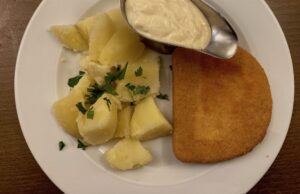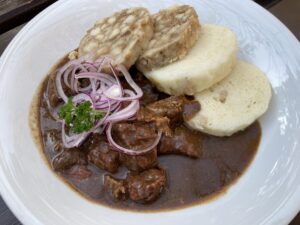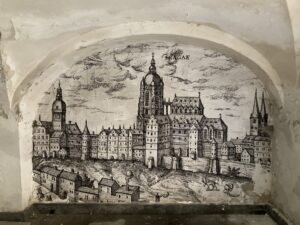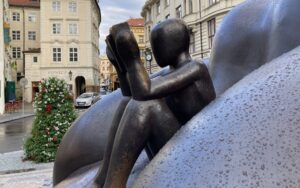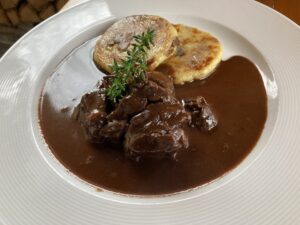There’s one place in Prague where you’ll find yourself crossing the threshold into a time a century ago. That place is the Šlágr Café and Confectionery on Francouzská Street in Vinohrady. No Czechs currently alive remember that time anymore, which is why we idealize it just like the whole First Republic period (1918-1938). However, Michal Appl, the café owner, lives by that time.
Michal Appl is consistent with his love for the time 100 years ago. His domain was the fashion of 1922-1923, although this is less generally known than the fashion of the 1930s. (This is for a simple reason – in the 1920s, movies were still silent, so they are less well-known than the movies of the 1930s, from which we have enough insight into the fashion of the time.) Michal Appl was so consistent in his love for this era in his youth that he also wore tailored and monogrammed underwear appropriate to this period.
It is certainly no coincidence that Michal Appl’s café is located in a house whose history dates back to the 1870s and is the oldest house on Francouzská Street. The house’s first owner had a business making metal railings. He furnished the house with magnificent wrought-iron bars and other decorative elements and then used the house as a showroom.
Mr. Appl was interested in the 1920s, even as a young boy. His grandmother lived in an old house, half unused and full of discarded old belongings from a great uncle and other ancestors.
Mr. Appl does actually know that he doesn’t live in the year 1923 but in 2023. However, he creates an illusion with his fondness for that time and wants that illusion to be perfect. However, he has already discounted some claims for practical reasons: “At home, I no longer live in the luxury of the 1920s, and I don’t iron with a period iron; I’m not such a fool anymore. I have everything modern, but it must not be visible. “
Therefore, it is not surprising that the Šlágr Café and Confectionery look the same as the cafés and confectioneries of a hundred years ago, including the music that surrounds you as soon as you enter (“šlágr” is an outdated Czech word for an extremely popular song).
Following the customs of the First Republic cafés, Michal Appl also follows the rule that a guest should be addressed three times:
– when arriving, it is important to answer his greeting nicely
– it is necessary to present him with a small gift
– and to say a hearty goodbye to him when leaving
The cakes and desserts are much bigger in Michal Appel’s café (roughly double) than in any other Prague café. The reason for this is simple – in the period of the First Republic, it was said to be usual. Few people remember this time anymore, so it’s nice to be reminded of it, at least vicariously.
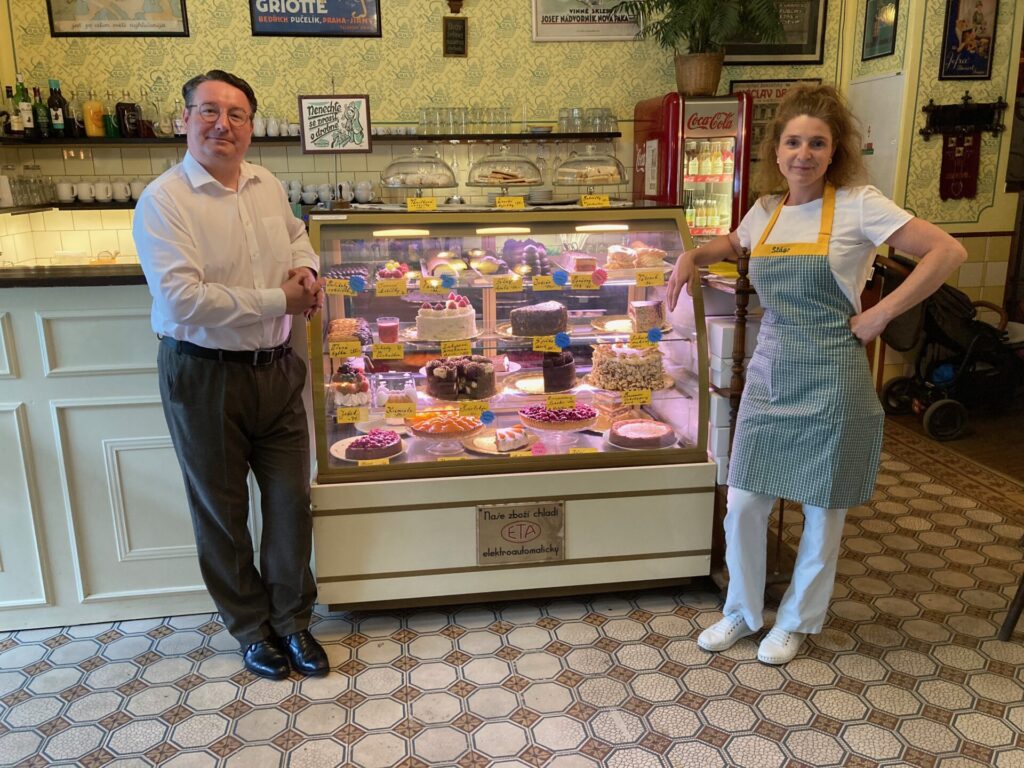
The cakes are calculated to sell 12 pieces of each, but often the cafe only sells 11. They want to avoid cheating on any portion, so they cut more from the cake rather than less. But then there will be a twelfth part, smaller than the classic portion. The guest who buys the 11th slice of the cake will receive this as a gift.
However, the cake recipes are not “historical”. The reason is simple – over the hundred years, the popularity of flavors has changed. Back then, cakes were filled with heavy buttercream, which was often colored with dyes and flavored with alcohol, most often maraschino liqueur. However, the recipes for cake bodies and desserts are from the period.
When you’re in Prague, it’s definitely worth visiting the Šlágr Café. At home, you can recall the experience in your kitchen. Today we’re posting a recipe for their delicious Jadran cake, with more to follow. Some will be based on the desserts you tried in Šlágr; some will be period desserts from the 1920s. Maybe even ones that are not typically made in this pastry shop because they wouldn’t last until the next day – the first of them is called “The Countess’s Cuts”.
So enjoy it!
Jadran Cake
Corpus
6 eggs
12 dkg of sugar
12 dkg of plain flour
2 teaspoons of cocoa
1 package of baking powder
1. Beat the eggs and sugar until foamy, then mix in the flour, cocoa, and baking powder.
2. Divide the resulting mass into two halves. Line two baking forms (9 inches) with baking paper and pour half of the mixture into each.
3. Bake for 25-30 minutes at 170 degrees Celsius (338 F).
Filling
15 dkg of nuts
15 dkg of powdered sugar
¼ l semi-skimmed milk
15 dkg of butter
1. Grind the nuts finely, heat the milk, and boil the nuts in it so that they swell – from that will appear a “nut mash”. Let it cool down.
2. Let the butter soften at room temperature, and then whisk it with the sugar.
3. Add the nut
paste and beat it all together.
Completing the cake
1 liter (0.264 gallons) of whipped cream 33%
3 tablespoons of nuts for mixing into the whipped cream
ground nuts for sprinkling on the cake
hazelnuts for decoration
1. We apply all the filling to the lower part of the body and place the upper part of the body on it. Connected in this way we put the form in the refrigerator for 1.5 hours.
2. Whip the whipped cream and divide it into two halves.
3. Carefully mix ground nuts into the first half and then apply the cream in a high layer on the upper body of the cake.
4. Decorate the sides of the cake with walnut crumbs – sprinkle it on the center of the cake as well.
5. We will create a
decoration on the upper surface of the cake – whipped cream “buns”.
These are best done with a piping bag with a round (plain) decorating tip. Each
bun is then decorated with a roasted hazelnut.
Advice from pastry chef, Marie Štefányová
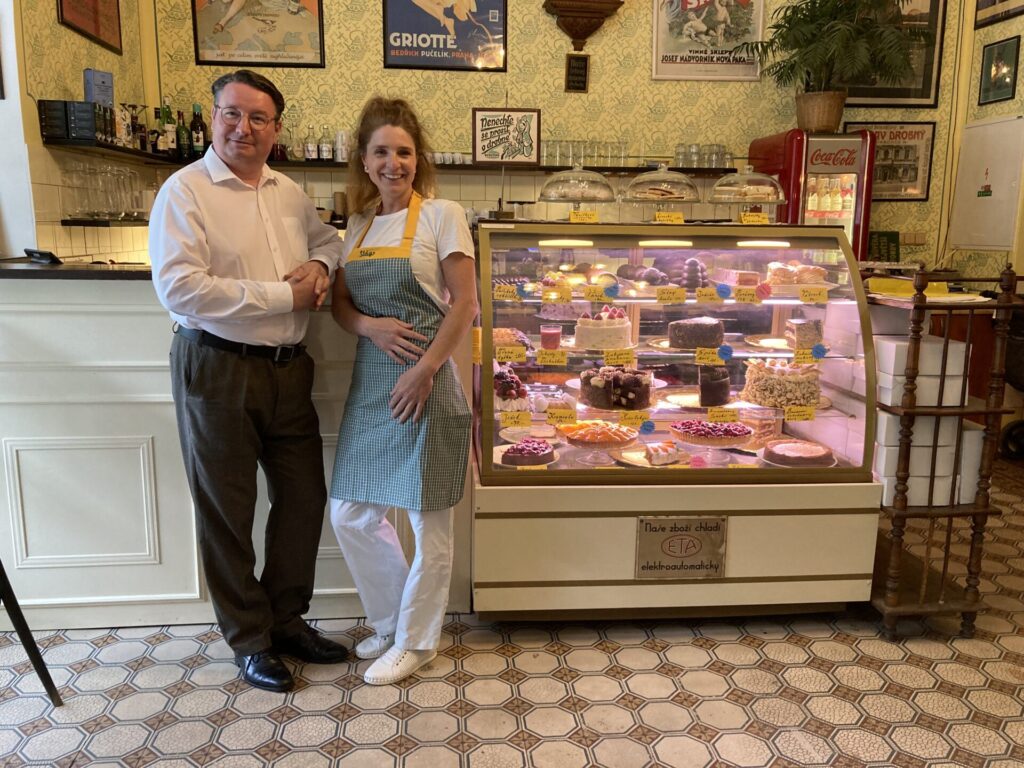
- The corpus must be baked in two forms. If the entire dough was baked in one mold and then cut lengthwise, it would fall apart because it would be too soft.
- Both layers of the corpus must be baked at the same time, otherwise, the previously baked one would dry out.
- During the First Republic, the recipe was a little different – the corpus was baked from half the amount, so the cake had only one layer, and therefore it was less pretty than today.
- It is up to your taste to use walnuts or hazelnuts for the recipe. Both taste great.
- Whether we use hazelnuts to fill or decorate the cake, they must be without the skin. The easiest way to remove the peel is to put the nuts on a dry baking tray in an oven heated to 170 degrees Celsius. When the peel starts to crack, take the nuts out of the oven and scratch off the peel.
